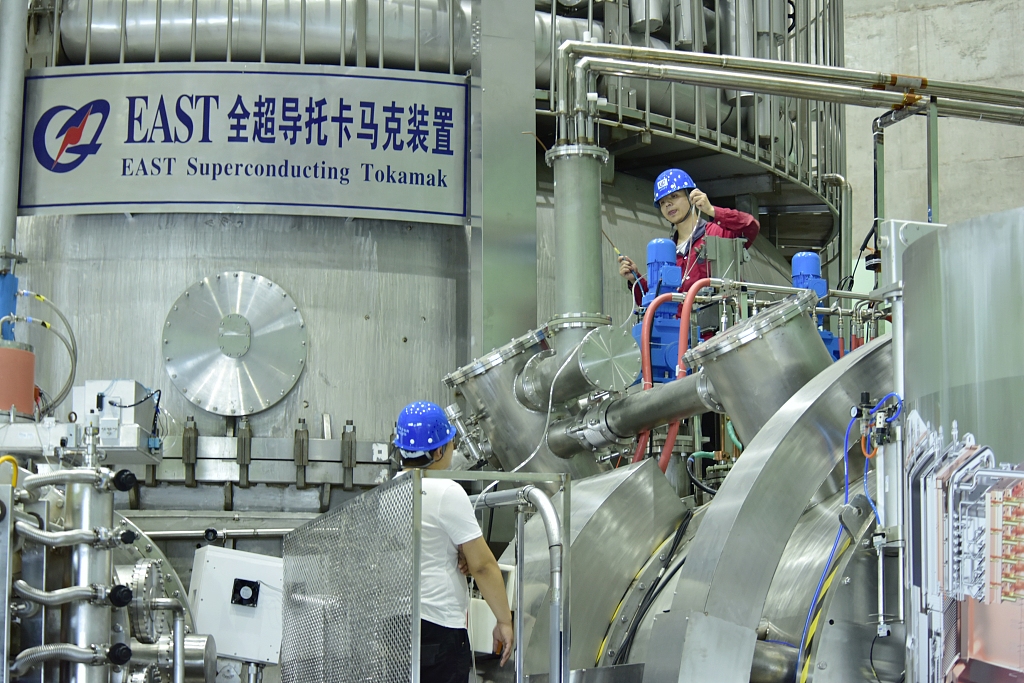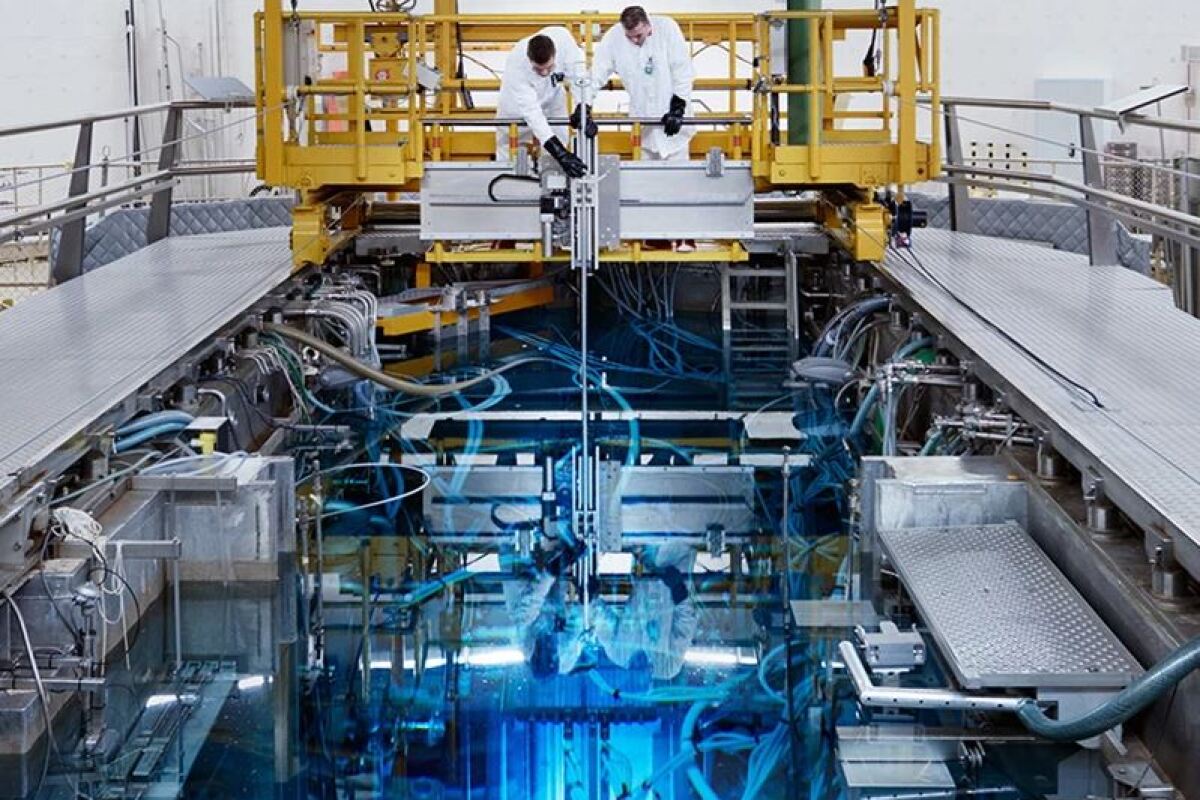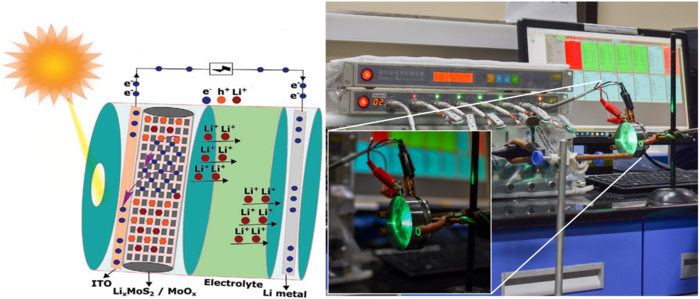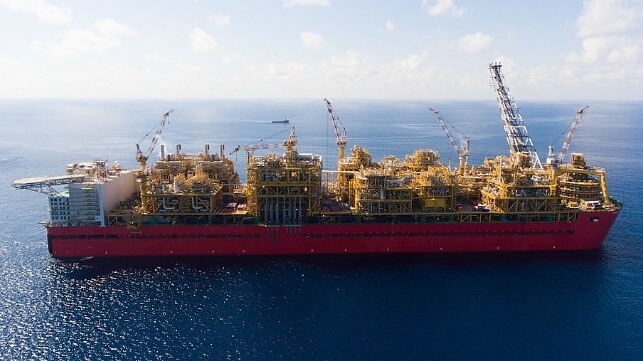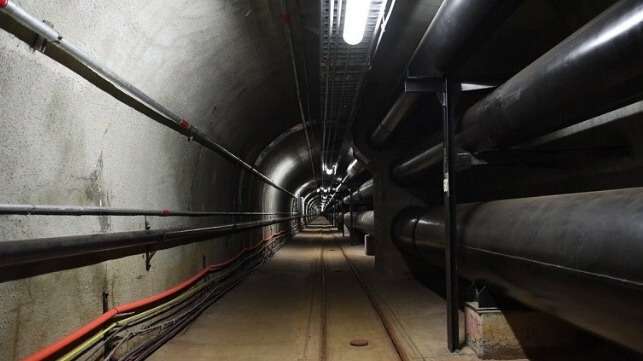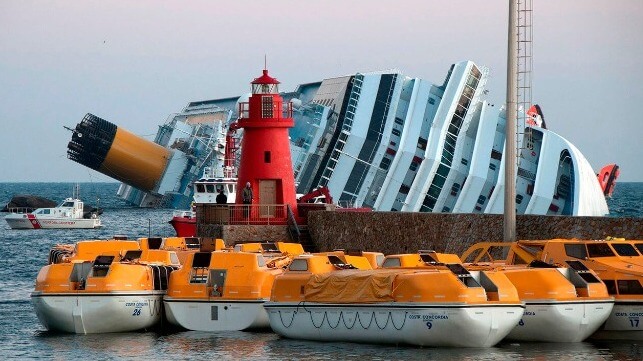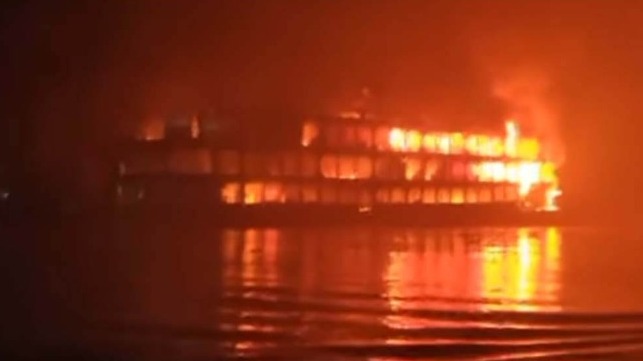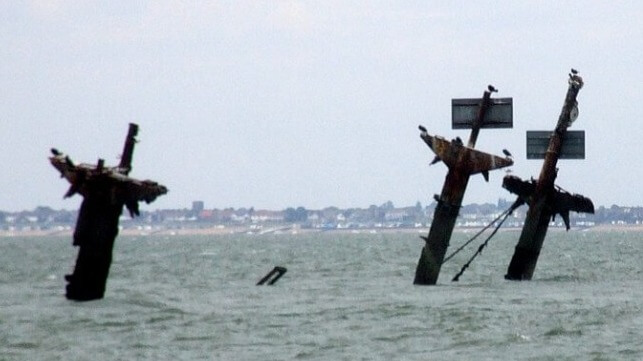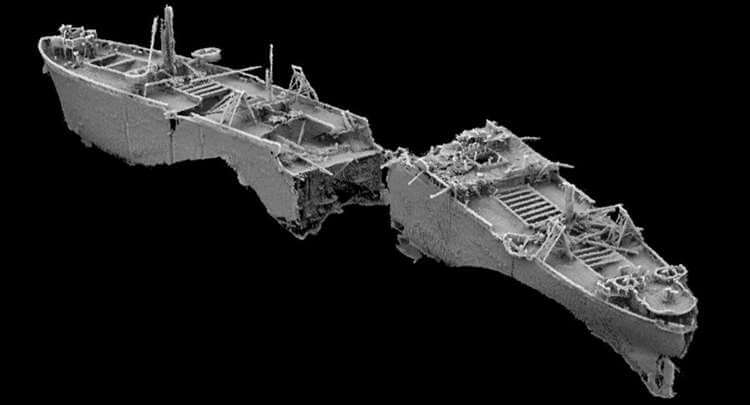Posted Fri 31 Dec 2021
For women who assembled iPhones at a Foxconn plant in southern India, crowded dorms without flush toilets and food sometimes crawling with worms were problems to be endured for the pay cheque.
But when tainted food sickened over 250 of the workers, their anger boiled over, culminating in a rare protest that shut down a plant where 17,000 had been working.
A close look by Reuters at the events before and after the December 17 protest casts a stark light on living and working conditions at Foxconn, a firm central to Apple's supply chain.
The tumult comes at a time when Apple is ramping up production of its iPhone 13 and shareholders are pushing the company to provide greater transparency about labour conditions at suppliers.
All of them requested they not to be named because of fear of retaliation on the job or from police.Reuters spoke to six women who worked at the Foxconn plant near Chennai.
Workers slept on the floor in rooms that housed between six to 30 women each, five of these workers said.
Two workers said the hostel they lived in had toilets without running water.
"People living in the hostels always had some illness or the other — skin allergies, chest pain, food poisoning," another worker, a 21-year-old woman who quit the plant after the protest, told Reuters.
Earlier food poisoning cases had involved one or two workers, she said.
"We didn't make a big deal out of it because we thought it will be fixed. But now, it affected a lot of people," she said.
Foxconn plant on probation
Apple and Foxconn said they found that some dormitories and dining rooms used for employees at the factory did not meet required standards.
The facility has been placed "on probation" and Apple will ensure its strict standards are met before the plant reopens, an Apple spokesperson said.
"We found that some of the remote dormitory accommodations and dining rooms being used for employees do not meet our requirements and we are working with the supplier to ensure a comprehensive set of corrective actions are rapidly implemented."
The spokesperson did not elaborate on the improvements that would be made for workers at the plant or the standards that would be applied.
Laws governing housing for women workers in Tamil Nadu mandate each person be allocated at least 12 square metres of living space and require housing to adhere to hygiene and fire safety standards as laid out by local authorities.
Foxconn said it was restructuring its local management team and taking immediate steps to improve facilities.
All employees would continue to be paid while it makes necessary improvements to restart operations, the company said.
The food poisoning and subsequent protests have also led to investigations, some of which are ongoing, by at least four Tamil Nadu state agencies.
Officials have also privately told Foxconn to ensure better conditions, senior state government officials said.
"It is Foxconn's responsibility," Thangam Thennarasu, the industries minister of Tamil Nadu state said.
The Tamil Nadu state government said it had asked Foxconn to ensure that working and living conditions were improved, including the quality of housing and drinking water.
Foxconn has agreed to ensure that worker living conditions follow government recommendations and meet legal requirements, the statement said.
Apple and Foxconn did not indicate when the plant would reopen.
Foxconn had told state officials that it had "ramped up production too quickly," though production was curtailed during April and May when the Delta variant of COVID-19 was raging in India, a senior government official said.
Taiwan-based Foxconn opened the plant in 2019 with the promise of creating up to 25,000 jobs, a boost to Prime Minister Narendra Modi's Make in India campaign to create manufacturing jobs.
Sriperumbudur, a town outside Chennai where the factory is situated, is a busy industrial area with factories that make Samsung and Daimler products nearby.
The factory is central to Apple's efforts to shift production away from China due to tensions between Beijing and Washington.
Reuters reported last year that Foxconn planned to invest up to $US1 billion ($1.38 billion) in the plant over three years.
Foxconn contracts out the staffing of the factory to labour brokers, who are also responsible for housing the workers — mostly women — employed there.
Rats and poor drainage
Following the protests, food safety inspectors visited the hostel where the bout of food poisoning occurred and closed the dorm's kitchen after finding rats and poor drainage, said Jegadish Chandra Bose, a senior food safety officer in the Thiruvallur district where the hostel is located.
"The samples analysed did not meet the required safety standards," he said.
The women who work at the Foxconn plant make the equivalent of about $195 in a month and pay Foxconn's contractor for housing and food while they work at the plant.
Most workers are between 18 and 22 and come from rural areas of Tamil Nadu, the head of a women workers' union said.
The monthly pay at the plant is more than a third higher than the minimum wage for such jobs, according to state government guidelines.
The 21-year-old worker who quit following the protest told Reuters that her parents are farmers growing rice and sugarcane.
She said she looked for a city job like many others in her village and considered the Foxconn wages good.
Several activists and academics said women recruited from farming villages to work in Sriperumbudur's factories are seen by employers as less likely to unionise or demonstrate, a factor that made the protests at the Foxconn factory — which isn't unionised — even more notable.
V Gajendran, assistant professor at Madras School of Social Work in Chennai, said women recruited to work in nearby factories "typically come from larger, poor, rural families, which exposes them to exploitation and reduces their ability to unionise and fight for their rights".
'We were alarmed'
The food poisoning incident sent 159 women from one dorm to hospital on December 15, workers told Reuters.
Some 100 more women needed medical attention but were not hospitalised, the Thiruvallur district administration said last week.
A rumour — later proved to be false — circulated that some of the women who had fallen sick had died.
When some sick workers failed to show up for work at the factory two days later, others staged a protest when shifts were changing.
"We were alarmed and we talked among each other in the hostel and decided to protest. There was no one leader," one of the workers told Reuters.
Apple, Nike and other major companies implicated in forced labour
On December 17, about 2,000 women from the nearby Foxconn hostels took to the streets, blocking a key highway near the factory, the district administration said.
Male workers, including some from a nearby auto factory, joined a renewed protest the next day, the Foxconn workers Reuters spoke to said.
Police responded to the larger, second protest by striking the male workers and then chasing and striking some of the women involved, two workers and Sujata Mody, a local union leader who had interviewed workers, told Reuters.
Police detained 67 women workers and a local journalist, confiscated their phones and called their parents with a warning to get their daughters in line, said three of those detained, local union leaders and a lawyer who was trying to help those detained.
Reuters could not independently confirm the descriptions of the police response.
M Sudhakar, the top police official in Kancheepuram district, denied that protesters were beaten, phones were confiscated, or that workers were intimidated by police.
"We strictly adhered to guidelines and respected the rights of those who were detained. All rules were followed," he said.
K Mohan, a village-level administrator who went to the hostel where the food poisoning incident occurred to investigate living conditions on December 16, found no safeguards to prevent COVID-19 infections, he told police.
"I went to that place to investigate since there is a chance that this place could become a COVID cluster," Mr Mohan told police.
"The women were made to stay in the hostel where no coronavirus guidelines were being followed."
The unrest at Foxconn was the second involving an Apple supplier in India in a year.
In December 2020, thousands of contract workers at a factory owned by Wistron Corp destroyed equipment and vehicles over the alleged non-payment of wages, causing estimated damage of $US60 million.
Apple had then said it placed Wistron on probation and that it would not award the Taiwanese contract manufacturer any new business until it addressed the way workers were treated at the plant.
At the time, Wistron said it had worked to raise standards and fix issues at the factory, including the payroll systems. Wistron restarted operations at the plant earlier this year.
Reuters
